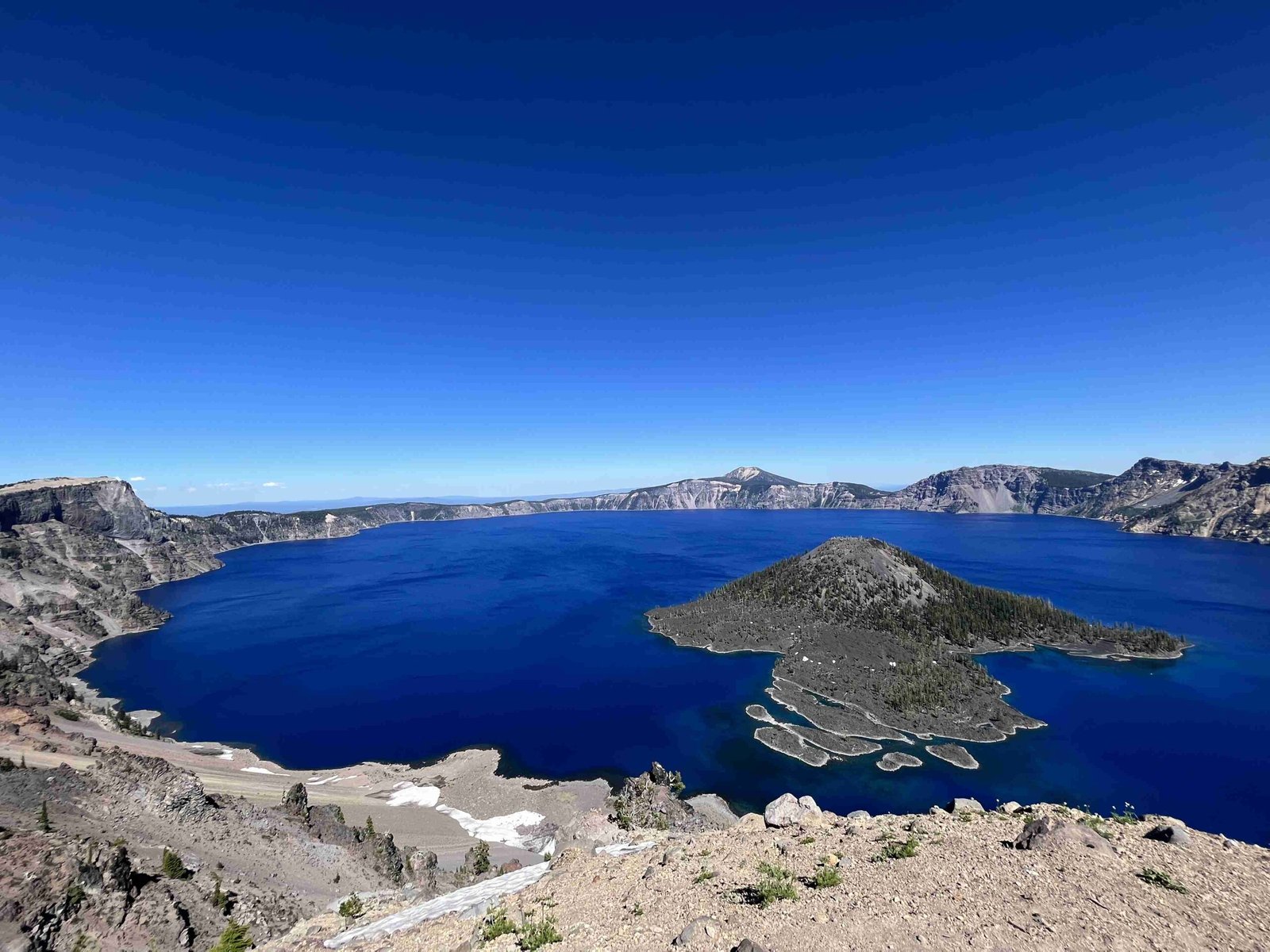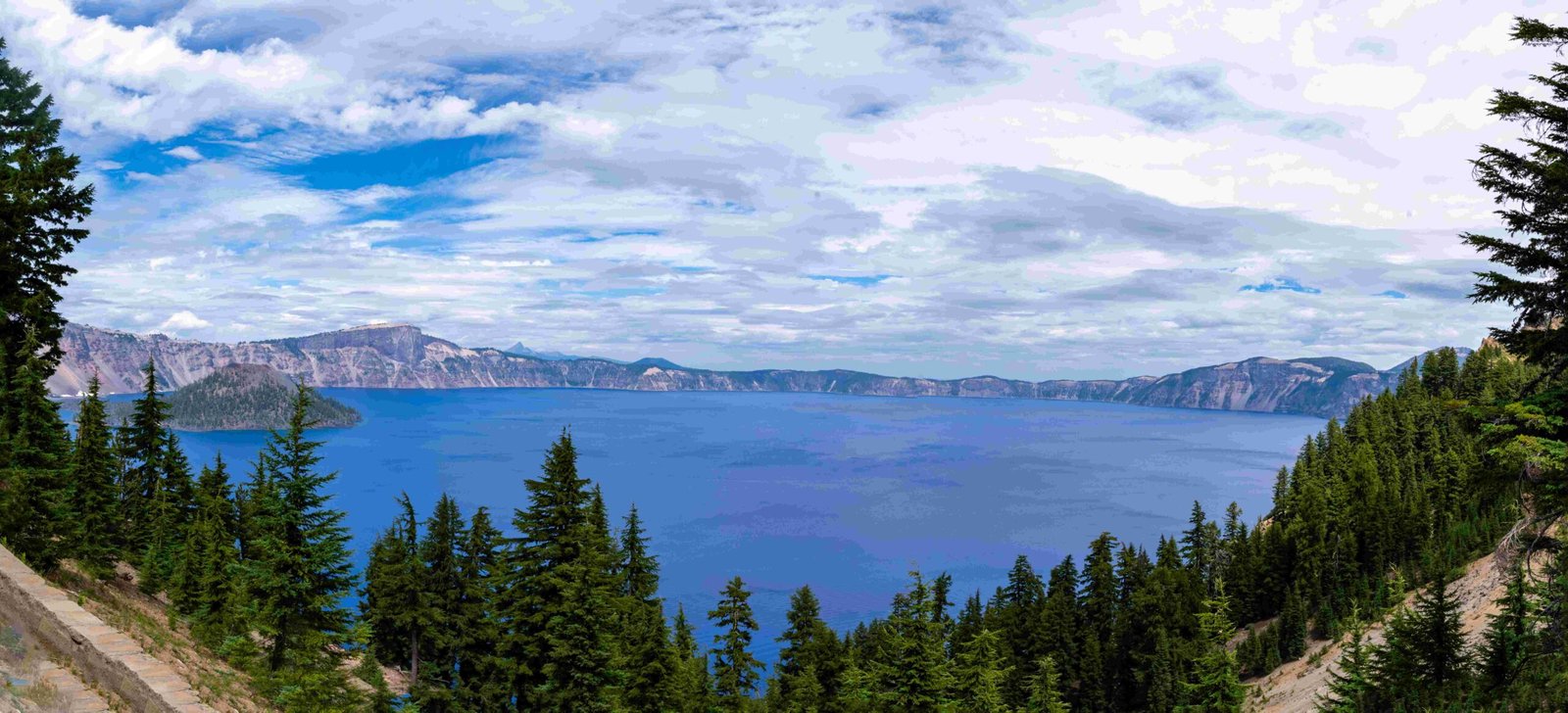Little Crater Lake in Oregon is a unique geological wonder known for its crystal-clear blue waters and constant 34°F temperature. Despite its allure, swimming is strictly prohibited to preserve the lake’s ecological integrity. This guide provides crucial information about Little Crater Lake, including its characteristics, safety regulations, and the reasons behind the swimming ban.
What Makes Little Crater Lake Unique?

Little Crater Lake is a small but remarkable body of water located in the Mt. Hood National Forest. Here are some key features that make it stand out:
- Dimensions: 45 feet deep and 100 feet wide
- Water temperature: Constant 34°F year-round
- Water source: Fed by an underground aquifer
- Water clarity: Exceptionally clear, allowing visibility to the lakebed
- Color: Crystal blue
Why is Swimming Prohibited in Little Crater Lake?

Swimming in Little Crater Lake is strictly forbidden for several reasons:
- Ecological preservation: The lake’s delicate ecosystem could be easily disrupted by human activity.
- Water temperature: At 34°F, the water is dangerously cold and can lead to hypothermia within minutes.
- Chemical pollution: Sunscreen, lotions, and other personal care products can contaminate the pristine water.
- Safety concerns: The lake’s depth and cold temperature pose significant risks to swimmers.
What Are the Safety Regulations at Little Crater Lake?
While swimming is not allowed, visitors should be aware of the following safety regulations:
- No lifeguards on duty
- Stay on designated trails and viewing areas
- Do not enter the water for any reason
- Observe all posted signs and warnings
Can You Visit Little Crater Lake Without Swimming?
Absolutely! Little Crater Lake offers numerous activities for visitors that don’t involve swimming:
- Hiking: The Little Crater Lake Trail (#500) provides beautiful views of the lake and surrounding forest.
- Photography: The lake’s unique color and clarity make it a perfect subject for photographers.
- Picnicking: Enjoy a meal with a view at the nearby picnic areas.
- Wildlife observation: Keep an eye out for local flora and fauna in the surrounding forest.
What Should You Know Before Visiting Little Crater Lake?
Before planning your trip to Little Crater Lake, consider the following:
| Consideration | Details |
|---|---|
| Best time to visit | Late spring to early fall |
| Parking | Limited spaces available |
| Facilities | Restrooms and picnic areas nearby |
| Accessibility | Short, easy trail to the lake |
| Fees | Check for current parking or day-use fees |
How Does Little Crater Lake Compare to Crater Lake National Park?
While both lakes are in Oregon and share similar names, they are quite different:
- Size: Little Crater Lake is much smaller (100 feet wide) compared to Crater Lake (5 miles wide).
- Origin: Little Crater Lake was formed by artesian spring, while Crater Lake was created by a volcanic eruption.
- Activities: Swimming is allowed in Crater Lake (in designated areas) but prohibited in Little Crater Lake.
- Location: Little Crater Lake is in Mt. Hood National Forest, while Crater Lake is in its own national park.
What Are Some Alternatives for Swimming Near Little Crater Lake?
If you’re looking to swim in the area, consider these alternatives:
- Timothy Lake: Located nearby, it offers swimming, boating, and fishing opportunities.
- Trillium Lake: Another scenic lake in Mt. Hood National Forest with swimming areas.
- Lost Lake: A bit further away but provides beautiful views of Mt. Hood and swimming options.
How Can Visitors Help Preserve Little Crater Lake?
To help maintain the pristine condition of Little Crater Lake, visitors should:
- Stay on designated trails
- Pack out all trash
- Avoid using any products near the lake that could contaminate the water
- Educate others about the importance of preserving this unique ecosystem
- Report any violations or concerns to forest rangers
What Other Attractions Are Near Little Crater Lake?
While visiting Little Crater Lake, consider exploring these nearby attractions:
- Timothy Lake: Offers camping, fishing, and boating opportunities
- Pacific Crest Trail: Passes near Little Crater Lake
- Mt. Hood: Provides year-round recreational activities
- Clackamas River: Great for fishing and whitewater rafting
- Bagby Hot Springs: Natural hot springs for soaking (about an hour’s drive)
Remember, while Little Crater Lake Oregon swimming is not allowed, the area offers numerous other ways to enjoy its natural beauty and unique geological features. By respecting the regulations and preserving this delicate ecosystem, we ensure that future generations can continue to marvel at this natural wonder.
References:
1. Only In Your State – Little Crater Lake In Oregon
2. Muddy Camper – Little Crater Lake – Mt. Hood, Oregon
3. USDA Forest Service – Mt. Hood National Forest – Little Crater Lake Trail #500

